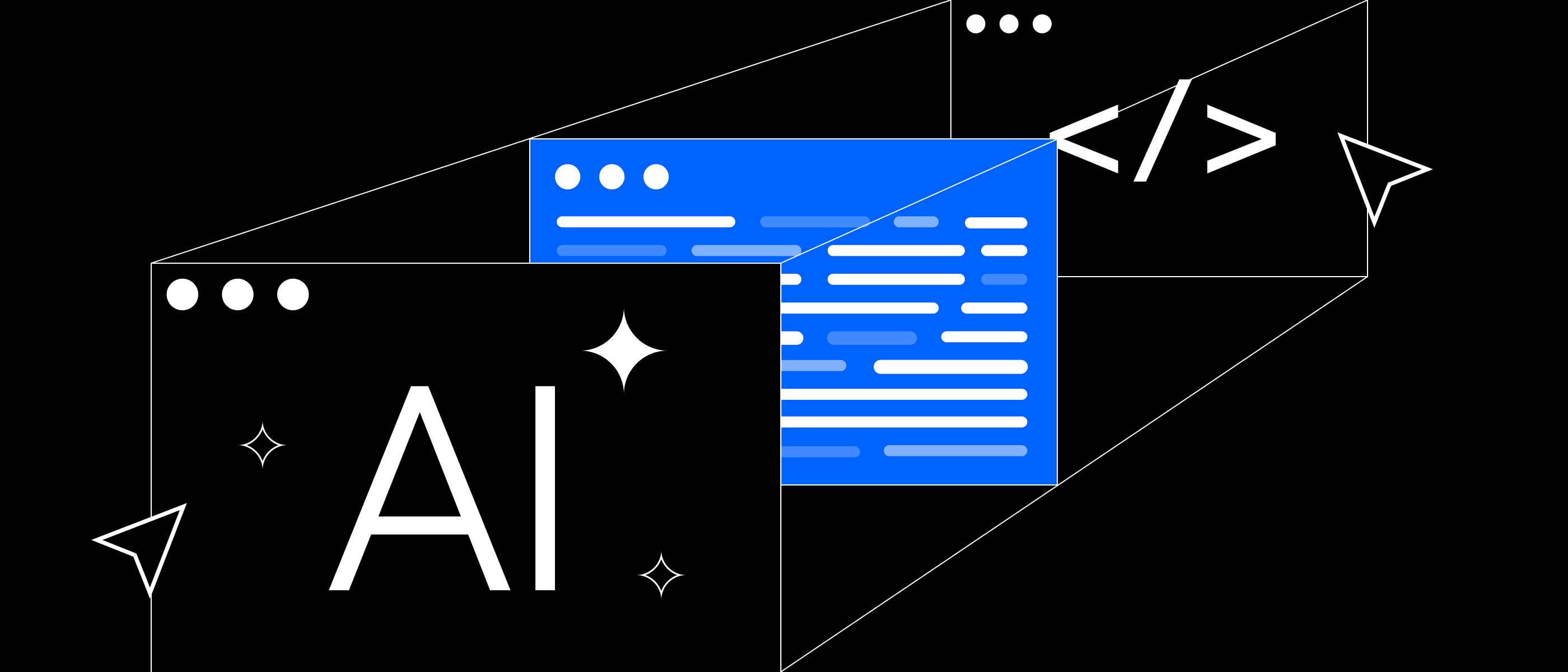You’ve had a digital product in the market for quite some time, users use the product, and you have traction and revenue. The business is going relatively well but here and there, your Engineers complain about their developer productivity and experience, or your users complain about the product not working as fast or well as they’d like. In general, you feel like you’re not exploring your product’s full potential.
The above are some examples of typical early signs that may point out the need to make a technology stack overhaul, which may or may not include a UX & UI design overhaul as well.
This post, based on Pixelmatters’ accumulated experience over 10 years doing overhauls of this kind, focuses on the tech aspect of it.
In this blog post, we’ll explore 3 different approaches to technology stack overhauls:
- Approach A: Complete overhaul;
- Approach B: Creating a new product;
- Approach C: Iterative revamp.
Understanding the pros and cons of each of these approaches is key to making an informed decision, as these types of projects are usually long-term and affect the product’s future significantly. It’s not a decision to make lightly.
Approach A — Complete overhaul
This is one of the most common strategies. A complete technology stack overhaul is usually appropriate when at least one of two things happen:
- The tech stack got so outdated and cumbersome that it’s hurting the company and the product growth;
- A significant structural product change and/or a major redesign is needed.
By rebuilding from the ground up, there’s the opportunity to re-think everything from scratch, rectifying past mistakes and inefficiencies, and ensuring that technology won’t be a blocker for growth in years or decades to come.
You must be prepared for a lengthy development cycle. From our experience, it takes time… but it pays off. It’s a long-term bet.
👉 See the complete overhaul Pixelmatters' made on ClearanceJobs product

Approach B — Creating a new product
Although this is an unusual strategy, it comes with its benefits. Basecamp and 37Signals were the ones who popularized this approach the most. It essentially consists in making a completely separate and new version of the product, while keeping the support and existence of the current/old one.
This method allows you to keep the existing user base and the revenue intact, and people to continue using the product they’re already used to without forcing them to switch to a completely new experience. It also allows more room for different ideas in the new version and more disruptive pricing changes.
The challenge is that, with this approach, you’ll need to support not one codebase and systems, but multiple ones in the long run. Tech debt may pile up if maintenance is not consistent.
👉 See how we've helped to create DoneDone 2

Approach C — Iterative tech revamp
Probably the most common strategy. It consists in making a gradual and iterative evolution. Each page and feature is revamped meticulously, ensuring that the final product is both cohesive and high-performing.
The strength of this approach lies in its low impact on users' perception since changes are progressive, minimizing disruptions and ensuring a seamless user experience. Also, the process of addressing bugs and making necessary changes acts as an opportunity to refactor and optimize the existing codebase.
👉 Find out more about the iterative tech revamp we did with LegalNature

Final thoughts 💭
There’s no one-size-fits-all when it comes to technology stack overhauls. Each approach has its ups and downs, meaning that there’s no right or wrong approach to take.
Each company and product has its own context, challenges, and goals and those are the factors that should drive the decision. It’s essential to have that in mind before you embark on this journey. If needed, we’re ready to help.







